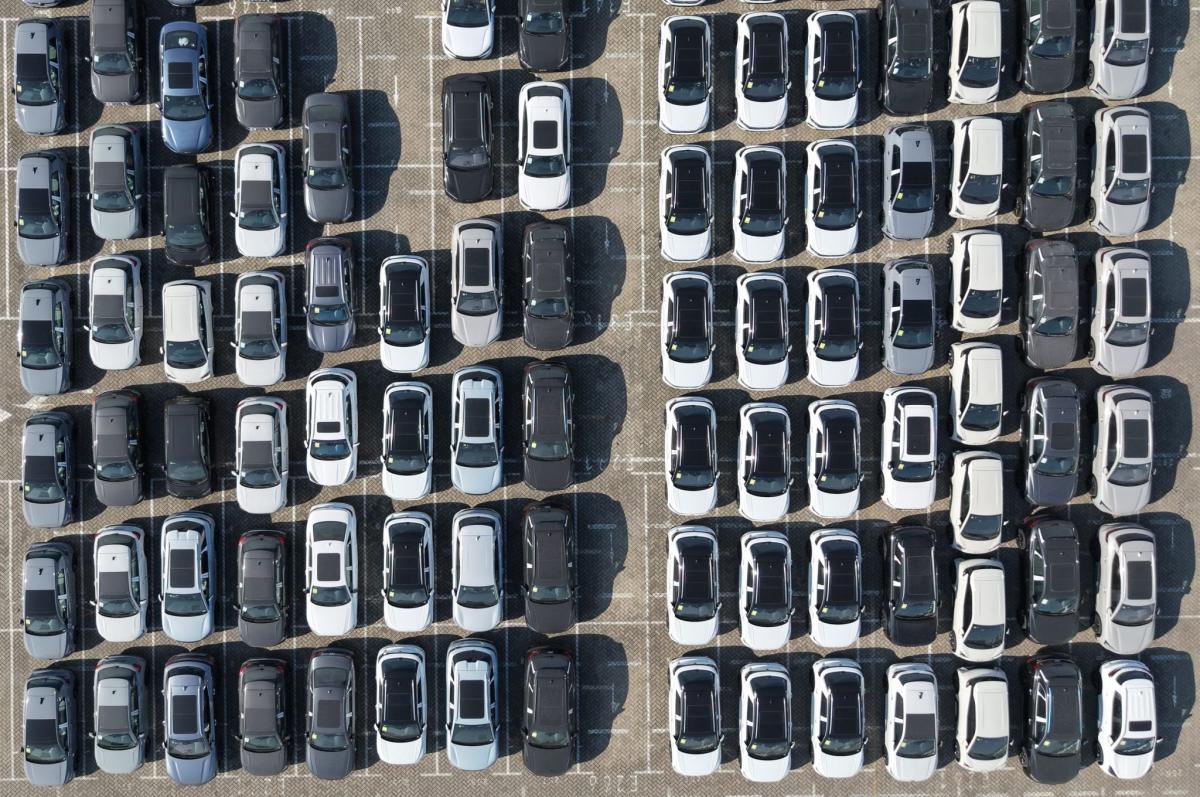-
President Donald Trump suggested imposing tariffs on auto imports, threatening to drive up the cost of cars further amid plans for tariffs on steel, aluminum, Canada, and Mexico. But economists and the insurance industry say that this will raise auto insurance costs.
Earlier this week, President Donald Trump said he was considering a 25% tariff on cars that would “go very substantially higher over the course of a year,” but economists and the insurance industry warn they will drive up premiums.
That’s because insurance costs are impacted by the costs to replace damaged cars and parts, many of which are imported.
“If you raise the price of new cars, the price of second hand vehicles will go up because that’s a direct substitute,” Paul Donovan, chief economist at UBS Global Wealth Management, told Fortune. “And if you raise the price of new cars and second hand vehicles, the price of car insurance will also go up.”
Insurance costs have been a major contributor to inflation, which has come down from highs but remains stubbornly above the Fed’s 2% target.
As of January, premiums have soared 55% since the start of 2020, according to the U.S. Bureau of Labor Statistics.
They add to the already-high costs of buying a car. From January 2020 to January 2025, new and used cars prices have jumped 20% and 34%, respectively.
Tariffs would exacerbate the situation, which would be worsened by more than auto duties. Trump also plans to implement a 25% tariff on aluminum and steel, key inputs for manufacturing cars.
“Producing vehicles has a lot of moving parts, and raising the price of what is among the most important components of the vehicle is only going to raise the price of an already expensive product,” Sam Fiorani, an analyst at AutoForecast Solutions, which studies the industry, told the Associated Press.
In addition, Trump has also temporarily paused 25% tariffs on Mexico and Canada, with Canadian energy imports seeing a 10% levy.
Most of the imported steel in the country comes from those two countries, which are also tightly integrated with the U.S. auto industry as part of its global supply chains.
“Now, you know, a product will go through 10-12 different countries before you get the final version of the product,” Donovan said. “Famously, a car that is made in America will have components that cross the Mexican border 12 or 15 times before it ends up being a ‘Made in America’ car.”
A report obtained by Fortune from the American Property Casualty Insurance Association (APCIA) said 60% of auto parts used in body shops are imported from Mexico, Canada, and China.

